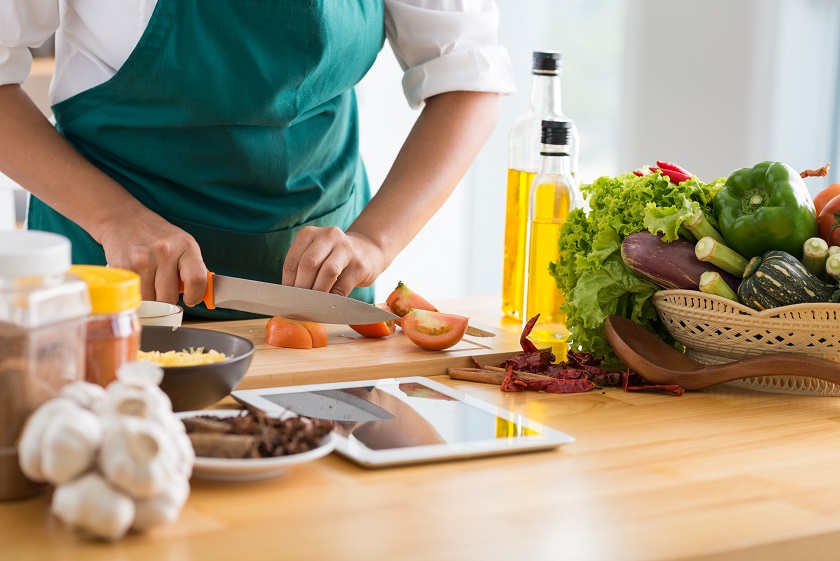
In the quest to elevate one's culinary prowess, mastering a repertoire of essential culinary techniques is paramount.
This article unveils eight indispensable techniques that will empower aspiring gourmet cooks to unlock a world of delectable possibilities.
From the precision of knife skills to the artistry of sautéing, roasting, grilling, braising, baking, frying, and steaming, each technique is meticulously explained with a focus on safety and precision.
Prepare to embark on a culinary journey that will enhance your gourmet cooking skills to new heights.
Knife Skills
To master the art of gourmet cooking, it is essential to develop impeccable knife skills through proper technique and precision. One of the key aspects of knife skills is maintaining a sharp blade. Regular knife sharpening ensures that the blade cuts smoothly and reduces the risk of accidents caused by slipping.
When handling a knife, it is crucial to adopt safe practices. Grip the handle firmly with your dominant hand and curl your fingers under to secure the knife. The other hand should be used to guide the food being cut, keeping your fingertips tucked away from the blade. Always cut away from your body and use a cutting board that is stable and non-slip.
Sautéing
Sautéing, a fundamental cooking technique, requires mastering heat control techniques and flavor enhancement methods. Achieving the perfect sauté involves knowing when to adjust the heat to prevent burning or undercooking, ensuring the ingredients are cooked evenly.
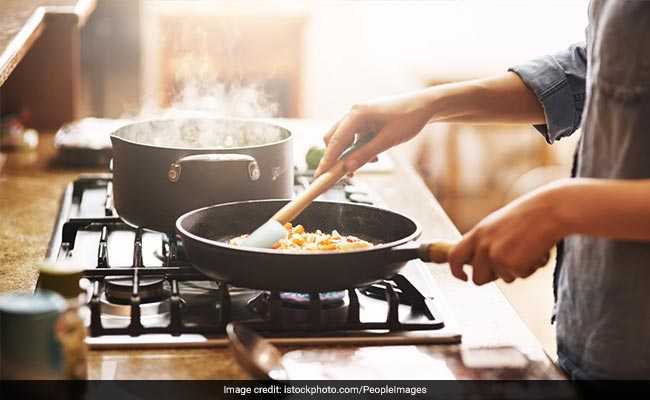
Additionally, using complementary herbs and spices can enhance the flavors of sautéed dishes, adding depth and complexity to the final result.
Heat Control Techniques
One essential technique for achieving culinary excellence is mastering the art of heat control during the process of sautéing. Proper heat distribution is crucial to ensure that the ingredients cook evenly and retain their flavors and textures. To achieve this, it is important to understand the various stove settings and their corresponding heat levels.
Gas stoves provide precise control over the heat, allowing you to adjust the flame to low, medium, or high settings. Electric stoves, on the other hand, typically have numbered settings ranging from 1 to 10, with 1 being the lowest and 10 being the highest heat level.
Flavor Enhancement Methods
Continuing from our exploration of heat control techniques, sautéing offers a range of flavor enhancement methods that elevate the taste of your dishes.
One way to enhance flavor is through the use of marinades. Marinating your ingredients before sautéing them allows the flavors to penetrate and infuse the food, resulting in a rich and flavorful dish.
Another method is to use spice blends. Adding a carefully crafted blend of spices to your sautéed dishes can bring depth and complexity to the flavors. However, it is important to note that when sautéing with marinades or spice blends, safety precautions should be taken. Ensure that any marinades are properly discarded and that spice blends are not burnt, as this can result in a bitter taste.
Roasting
Roasting is a fundamental culinary technique that imparts depth of flavor and tenderness to a variety of ingredients.

When it comes to roasting, perfecting the caramelization process is key to achieving a rich and flavorful result. This occurs when the surface of the ingredient is exposed to high heat, causing the natural sugars to caramelize and develop a delicious brown crust.
Additionally, achieving the ideal level of tenderness is crucial for a successful roast. This can be achieved by monitoring the internal temperature of the ingredient using a meat thermometer. It is important to ensure that the ingredient is cooked to the recommended temperature to ensure both safety and optimal tenderness.
To enhance the flavors further, consider using herbs, spices, and aromatics to complement the roasted ingredient. Experiment with different combinations to create a truly elevated culinary experience.
Grilling
Grilling is a culinary technique that requires precise control of the grill temperature to achieve optimal results.
It involves using proper grilling techniques such as direct or indirect heat, and understanding the importance of searing and resting meats.
Additionally, grilling can enhance flavors by imparting a smoky and charred taste to the food, making it a favored method for cooking various meats, vegetables, and even fruits.
Grill Temperature Control
To achieve optimal results in grilling, it is essential to maintain precise control over the grill's temperature. Proper grill maintenance is crucial to ensure accurate temperature control. Regularly clean the grill grates and remove any built-up residue to prevent flare-ups and maintain an even heat distribution. Additionally, check the gas or charcoal supply to ensure it is sufficient for the cooking duration.

Here are some tips for controlling grill temperature:
- Use a thermometer: Invest in a good-quality meat thermometer to accurately measure the internal temperature of the food.
- Adjust the vents: Open the vents for higher heat and close them partially for lower heat.
- Create heat zones: Create different temperature zones on the grill by placing the charcoal or burners on one side and leave the other side for indirect heat cooking.
- Use the lid: Keep the grill lid closed to trap the heat and maintain a consistent temperature.
Proper Grilling Techniques
Furthermore, mastering proper grilling techniques is essential for achieving gourmet cooking skills and can be accomplished by following a few key steps.
To ensure grilling success, it is important to prioritize grill maintenance and grilling safety. Begin by cleaning the grill thoroughly before each use to remove any leftover food particles or grease buildup. Regularly inspect and clean the grill grates to prevent flare-ups and ensure even heat distribution.
When grilling, always preheat the grill to the appropriate temperature to ensure food cooks evenly and safely. Additionally, practice safe grilling by keeping a fire extinguisher nearby and never leaving the grill unattended. Use long-handled tools to avoid burns and keep a safe distance from the grill while cooking.
Enhancing Flavors Through Grilling
One effective way to enhance flavors when grilling is by utilizing marinades and rubs. Marinades are liquid mixtures that typically consist of an acid, such as vinegar or citrus juice, along with various spices, herbs, and oils. They not only infuse the meat with flavors but also help to tenderize it.
Rubs, on the other hand, are dry mixtures made from a combination of spices, herbs, and sometimes sugar. When applied to the meat before grilling, they create a flavorful crust that adds depth and complexity to the dish.
Here are four marinade recipes to try:
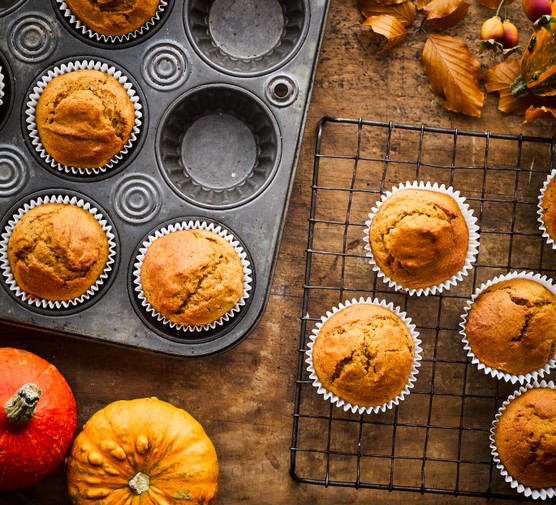
- Classic Italian: Olive oil, balsamic vinegar, garlic, basil, and oregano.
- Asian-inspired: Soy sauce, ginger, garlic, honey, and sesame oil.
- Citrusy delight: Orange juice, lime juice, garlic, cilantro, and cumin.
- Spicy kick: Worcestershire sauce, hot sauce, brown sugar, paprika, and cayenne pepper.
By experimenting with different marinades and rubs, you can take your grilled dishes to the next level and impress your guests with a burst of delicious flavors.
Remember to marinate meat in the refrigerator and discard any leftover marinades to ensure food safety.
Braising
Braising is an essential culinary technique that involves cooking meat or vegetables slowly in a small amount of liquid. It is one of the alternative cooking methods that allows for tender and flavorful results.
The slow cooking technique of braising involves searing the meat or vegetables in a hot pan to develop a rich color and flavor, and then simmering them in a flavorful liquid, such as broth or wine, in a covered pot. This method not only helps to break down tough fibers in meat but also infuses the dish with the flavors of the liquid.
Braising is a safe cooking method as it ensures that the food is cooked thoroughly, reducing the risk of foodborne illnesses. By following proper cooking temperatures and times, you can enjoy delicious and safe braised dishes.
Baking
To delve further into the realm of culinary techniques, baking serves as another integral method that complements the slow cooking of braising. Baking involves the use of dry heat in an oven, resulting in delicious and beautifully browned dishes.
When it comes to baking, mastering the following techniques is essential for achieving culinary excellence:
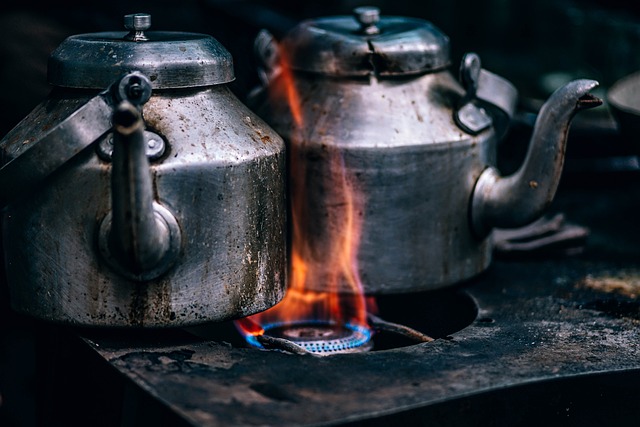
- Proper temperature control: Ensure your oven is preheated to the correct temperature before placing your baked goods inside.
- Precise measurements: Accurately measure your ingredients to maintain the perfect balance of flavors and textures.
- Pastry artistry: Master the art of making flaky pie crusts, airy pastries, and light, tender cakes.
- Timely rotations: Rotate your baked goods halfway through the cooking process to ensure even browning and cooking.
Frying
Frying is a fundamental culinary technique that involves cooking food in hot oil or fat to achieve a crispy and golden exterior.
There are two main methods of frying: deep frying and stir frying.
Deep frying involves submerging food completely in hot oil. It is important to ensure the oil is at the correct temperature, usually between 350°F and 375°F, to achieve the desired result. Safety precautions should be taken when deep frying, such as using a deep fryer or a large, heavy pot to prevent oil splatters.
Stir frying, on the other hand, involves quickly cooking small pieces of food in a hot pan with a small amount of oil. The key to successful stir frying is to keep the food moving constantly in the pan to prevent it from sticking or burning.
Regardless of the method chosen, it is vital to follow proper frying techniques to ensure safety and achieve delicious results.
Steaming
Steamed cooking, a gentle and healthy culinary technique, involves using steam to cook food without submerging it in liquid or oil. This cooking method retains the natural flavors, textures, and nutrients of the ingredients, making it an excellent choice for health-conscious individuals. Steaming is particularly popular in Asian cuisine, with dim sum recipes being a classic example of steamed dishes.
Here are some benefits of steaming:
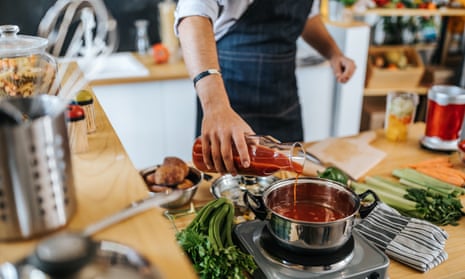
- Preserves nutrients: Steaming helps to retain the vitamins, minerals, and antioxidants present in the food, as they are not lost in the cooking liquid.
- Low in fat: Since steaming doesn't require the use of oil or fat, it is a great option for those watching their fat intake.
- Tender and moist: Steaming gently cooks the food, resulting in tender and moist dishes.
- Easy cleanup: Steaming requires minimal equipment and leaves behind less mess, making cleanup a breeze.
With these advantages, steaming is a fantastic technique to master for both health-conscious and flavor-seeking home cooks.
Frequently Asked Questions
How Do I Choose the Right Type of Knife for Different Culinary Techniques?
When considering the right type of knife for different culinary techniques, it is essential to prioritize safety by understanding the importance of knife maintenance and sharpening techniques. This knowledge ensures optimal performance and reduces the risk of accidents.
What Are Some Common Mistakes to Avoid While Sautéing?
Common mistakes while sautéing include overcrowding the pan, which prevents proper browning and even cooking, and using the wrong type of oil, leading to smoking or a greasy finished dish. Ensure safety by avoiding these errors.
Can I Use Any Type of Meat for Roasting, or Are There Specific Cuts That Work Best?
When it comes to roasting meat, it is important to select the appropriate cuts for optimal results. Certain cuts, such as tenderloin or ribeye, are best suited for roasting due to their tenderness and ability to retain moisture. It is also essential to marinate the meat before roasting to enhance flavor and tenderness. Different marinade options, such as herb-infused oils or citrus-based marinades, can further enhance the taste of the roasted meat. When exploring alternative meat options for roasting, it is crucial to consider the meat's fat content and texture to ensure a successful outcome.
Are There Any Alternative Options for Grilling if I Don't Have Access to an Outdoor Grill?
Indoor grilling alternatives can be used if access to an outdoor grill is not available. Grilling techniques using a stovetop can achieve similar results. These methods require careful attention to safety measures to ensure a successful and enjoyable cooking experience.
What Are Some Tips for Tenderizing Tough Cuts of Meat When Braising?
Tips for marinating tough cuts of meat when braising include using acidic ingredients like vinegar or citrus juice, and allowing the meat to marinate for several hours. Additionally, using a meat mallet effectively can help to tenderize the meat before cooking.
 Family Craft ProjectsHome ImprovementCooking and BakingReuse and RecycleDIY GiftsEco-Friendly ProjectsDIY Home SolutionsSeasonal ActivitiesFun and GamesLearn TogetherPrivacy PolicyTerms And Conditions
Family Craft ProjectsHome ImprovementCooking and BakingReuse and RecycleDIY GiftsEco-Friendly ProjectsDIY Home SolutionsSeasonal ActivitiesFun and GamesLearn TogetherPrivacy PolicyTerms And Conditions

 Family Craft ProjectsHome ImprovementCooking and BakingReuse and RecycleDIY GiftsEco-Friendly ProjectsDIY Home SolutionsSeasonal ActivitiesFun and GamesLearn TogetherPrivacy PolicyTerms And Conditions
Family Craft ProjectsHome ImprovementCooking and BakingReuse and RecycleDIY GiftsEco-Friendly ProjectsDIY Home SolutionsSeasonal ActivitiesFun and GamesLearn TogetherPrivacy PolicyTerms And Conditions
